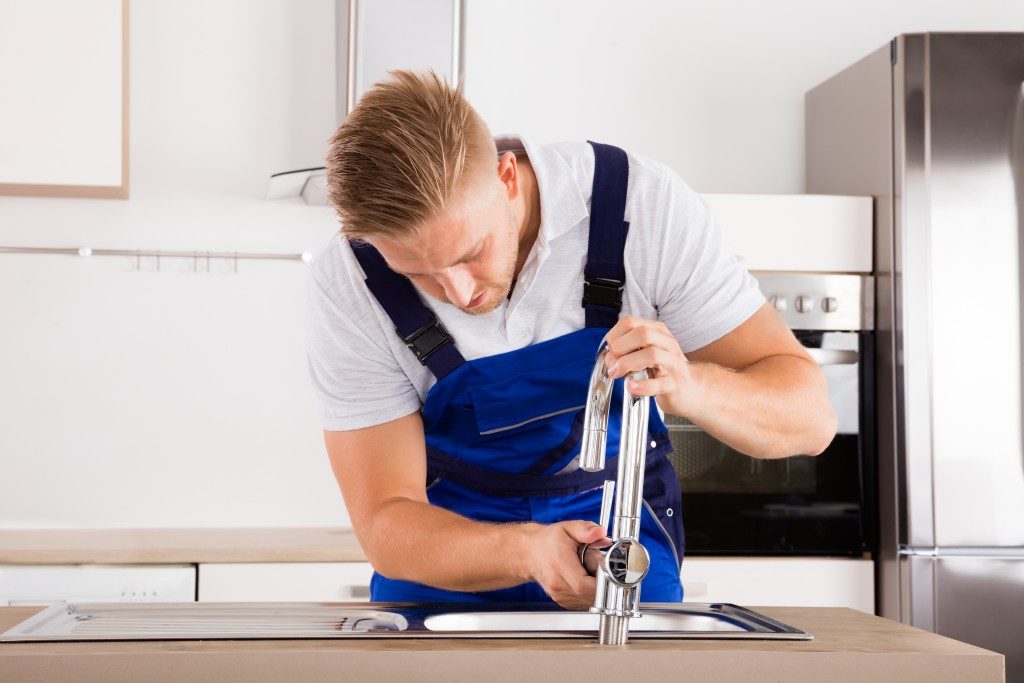Tackling plumbing projects may sound daunting. Many people are reluctant to tackle these jobs alone and opt to have a professional work on even the minor problems. Knowing the basics of plumbing can save yourself time, trouble, and money. Equip yourself with the knowledge of the different types of pipe clips, fittings, glue, among many others. As long as you have the right tools, you can take care of simple plumbing problems such as overflowing toilets and dripping faucets. It is easier and faster to learn to fix small clogs and leaks by yourself instead of calling in professionals. Here are some plumbing mistakes that many do-it-yourself enthusiasts should avoid:
Over-tightening Plumbing Connections
The idea that tighter is better to avoid water leaks is simply not the case when it comes to household plumbing. While it seems to go against common sense, excessive cranking on pipes can actually do more damage than we know. The unique construction of pipes means that they should be tightened just enough. Excessive force may cause cracking and may break the fixture over a period of time. In addition, many pipes have rubber fittings inside them. Over-tightening can easily warp these seals, increasing the risk of leakage.
Using Drain Cleaners as a First Choice
From the kitchen sink, the tub, to the shower—just about every plumbing fixture in a house can become clogged. There are many substances that can cause clogged drains. Hair, fibrous food, grease, oil, and even soap combined with other materials can form into solid clumps and clog a drain.
To remove these clogs, many DIYers reach for liquid drain cleaners as their first option. Unfortunately, using excessive amounts of cleaners can create more problems than they solve. For one, these cleaners can be corrosive and may unnecessarily damage the pipes and traps, leading to leaks.
There are many alternative solutions to a clogged drain. Slowly pouring boiling water down the drain is probably the easiest option. Another solution is pouring baking soda and vinegar down the drain, letting it sit overnight and then flushing it with hot water. Many experts say that the combination helps break down any hair, gunk, and grime.

Failing to Turn off the Water
One basic prerequisite for many plumbing projects is to shut off all water supplies leading to the work area. Professional plumbers always start a project by turning off the main valve. However, many people assume that they can just leave the water flow on and quickly change a valve. More often than not, this comes out unsuccessful, and many owners run the risk of flooding the entire house.
There are multiple ways and locations to stop the water flow, and as a homeowner, you should be aware of all of those. If any appliance or fixture develop a leak, it is best to turn off the water supply to that specific appliance. This ensures that all other appliances in the house continue to function while you repair the leaking fixture. For sink faucets, for instance, the shut-off valves are underneath the sink.
Many plumbing issues at home require only a few tools and a little effort. Most of the work is not really as daunting as many people think it to be. Just remember the common DIY mistakes given above to avoid committing them.

